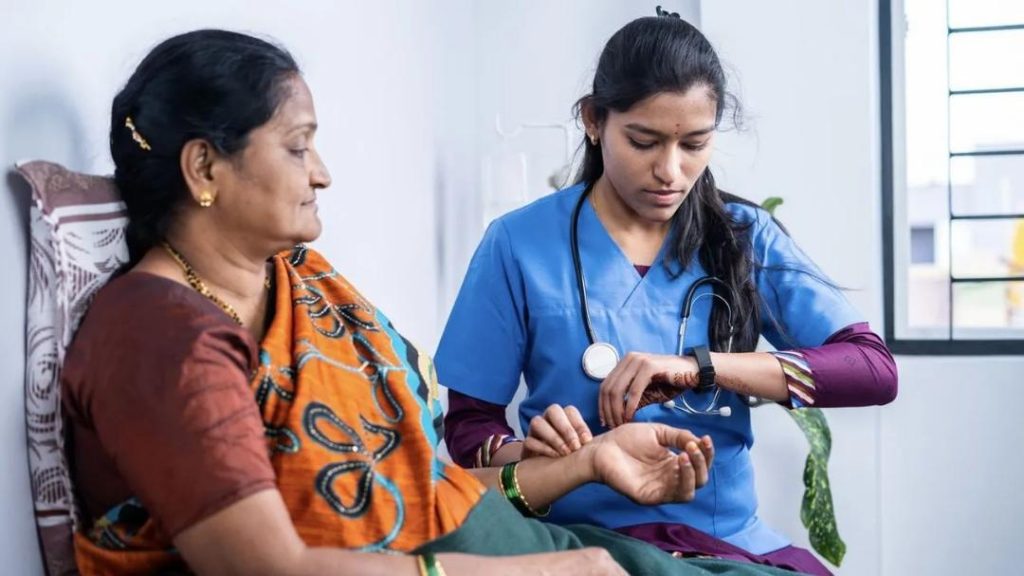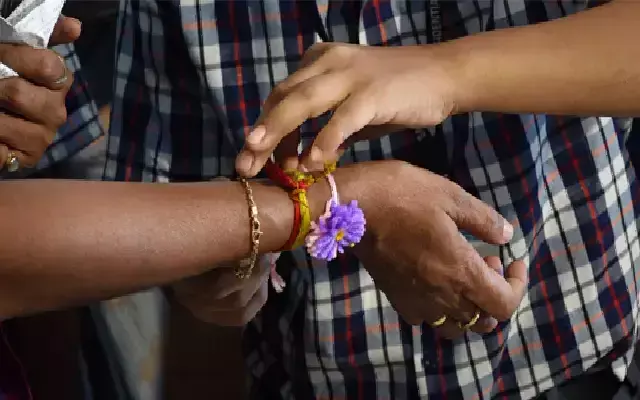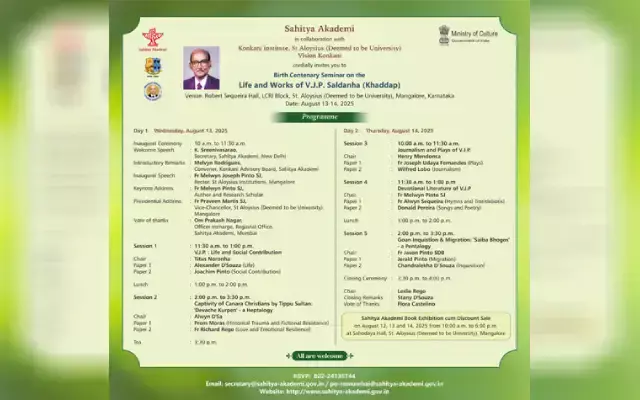
South India’s Economic Rise Shadowed by Highest Diabetes Burden
South India, a region often touted as the economic powerhouse of the country, is grappling with a stark reality. Despite being one of the fastest-growing economies in the world, it is also home to the highest diabetes burden in the nation. According to a recent nationwide survey, nearly one in three middle-aged and older adults in South India have diabetes, with Kerala and Puducherry being the worst affected.
The survey, conducted by the Indian Council of Medical Research (ICMR) and the Ministry of Health and Family Welfare, reveals a disturbing trend. Across India, 19.8 percent of people aged 45 and older are estimated to be living with diabetes. However, in South India, the prevalence is significantly higher, with urban areas being the most affected. In fact, the urban prevalence of diabetes is a staggering 30 percent, double that of rural areas, which stand at 15 percent.
Kerala, often hailed as one of the most developed states in India, tops the list of states with the highest diabetes burden. According to the survey, 34.6 percent of adults aged 45 and older in Kerala have diabetes, followed closely by Puducherry, which has a prevalence of 33.6 percent. Tamil Nadu, Andhra Pradesh, and Karnataka, other major states in South India, also have high diabetes prevalence rates, ranging from 25.6 to 28.4 percent.
The paradox is striking – South India’s economic rise is mirrored by its poor health habits. The region’s fast-paced urbanization, coupled with a sedentary lifestyle and a diet rich in carbohydrates and sugars, has contributed to the alarming rise in diabetes cases. Additionally, the lack of physical activity, coupled with a high-stress lifestyle, is also taking a toll on the health of the population.
The economic implications of this trend are far-reaching. Diabetes is a costly disease to manage, and the burden on the healthcare system is significant. According to a report by the International Diabetes Federation, the total economic burden of diabetes in India is estimated to be around $23 billion. This includes direct medical costs, lost productivity, and the cost of caring for people with diabetes.
The social implications are also significant. Diabetes can lead to a range of complications, including blindness, kidney disease, and amputations. In addition, it can also lead to depression, anxiety, and social isolation. The economic and social burdens of diabetes can have a devastating impact on individuals, families, and communities.
So, what can be done to address this crisis? The first step is to raise awareness about the risks and consequences of diabetes. Educating people about the importance of healthy eating, regular exercise, and regular health check-ups can go a long way in preventing the disease.
Secondly, policymakers need to take concrete steps to address the root causes of diabetes. This includes investing in public health programs that focus on promoting healthy lifestyles, as well as increasing access to healthcare services, particularly in rural areas.
Finally, the private sector also has a role to play. Companies can promote healthy workplace environments by providing employees with access to fitness facilities, healthy food options, and wellness programs.
In conclusion, South India’s economic rise is being shadowed by its highest diabetes burden. The region’s poor health habits, coupled with a lack of physical activity and a diet rich in carbohydrates and sugars, have contributed to the alarming rise in diabetes cases. It is imperative that policymakers, healthcare providers, and individuals take concrete steps to address this crisis and promote healthy lifestyles. The economic and social implications of diabetes are far-reaching, and it is essential that we take action to prevent this disease and promote a healthier South India.






